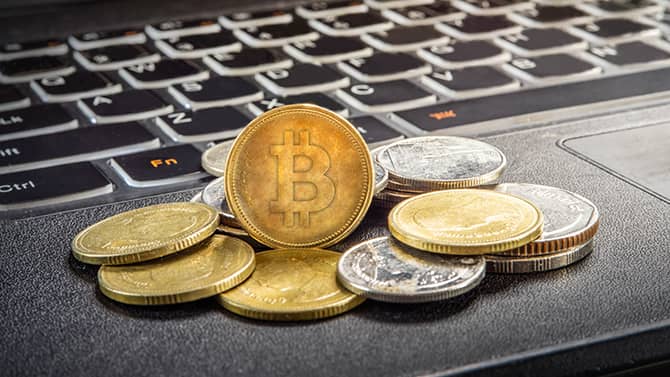In recent years, decentralized finance DeFi has emerged as one of the most disruptive trends in the financial world, fundamentally reshaping traditional banking and financial services. Built on blockchain technology, DeFi leverages cryptocurrencies and decentralized networks to create an open, transparent, and permission less financial system. The core idea behind decentralized finance is to eliminate the need for intermediaries like banks, brokers, or exchanges, offering a new way for people to access financial services such as lending, borrowing, trading, and investing. One of the most significant changes DeFi has brought to banking is its ability to democratize financial services. Traditional banking systems often have barriers to entry, such as strict identification requirements, geographical limitations, or a lack of access to formal banking infrastructure. However, DeFi protocols operate on blockchain platforms, allowing anyone with an internet connection and a digital wallet to participate. This inclusion is particularly beneficial for people in under banked or developing regions where access to traditional financial services is limited or expensive.

A critical component of decentralized finance is the use of smart contracts. These self-executing contracts automatically enforce the terms of an agreement without the need for a trusted third party. In traditional banking, contracts or transactions typically require intermediaries such as lawyers, notaries, or banks to verify and enforce the agreement. In DeFi, smart contracts fulfill this role, reducing costs and enhancing efficiency. For example, decentralized lending platforms allow individuals to borrow cryptocurrencies by locking up collateral in smart contracts, and lenders earn interest without needing to go through a bank. Additionally, DeFi is revolutionizing the concept of liquidity in financial markets. Traditional banking systems rely on centralized exchanges for trading assets, which can lead to bottlenecks, delays, and inefficiencies. In contrast, decentralized exchanges DEXs are powered by automated market makers AMMs, which allow users to trade assets directly with one another without the need for a middleman. The Cryptocurrency news creates continuous liquidity and ensures that trades can be executed quickly and at lower costs
Security and transparency are also hallmarks of decentralized finance. Blockchain technology provides an immutable, transparent ledger of all transactions, which enhances trust and reduces the risk of fraud or manipulation. In traditional banking, centralized institutions hold a significant amount of power and control over customer data, transactions, and funds. This centralized control can lead to vulnerabilities, such as data breaches or financial crises, as seen in the global banking collapse. In contrast, DeFi systems are distributed across a global network of nodes, reducing the risk of single points of failure and promoting greater security. Despite its transformative potential, DeFi is still in its early stages and faces challenges. Regulatory uncertainty is one of the most significant hurdles, as governments and financial institutions struggle to understand and adapt to this rapidly evolving space. There are also concerns about the scalability of DeFi platforms, as high transaction fees and slow processing times on some blockchain, such as Ethereum, have raised questions about the long-term viability of these systems for widespread use.
